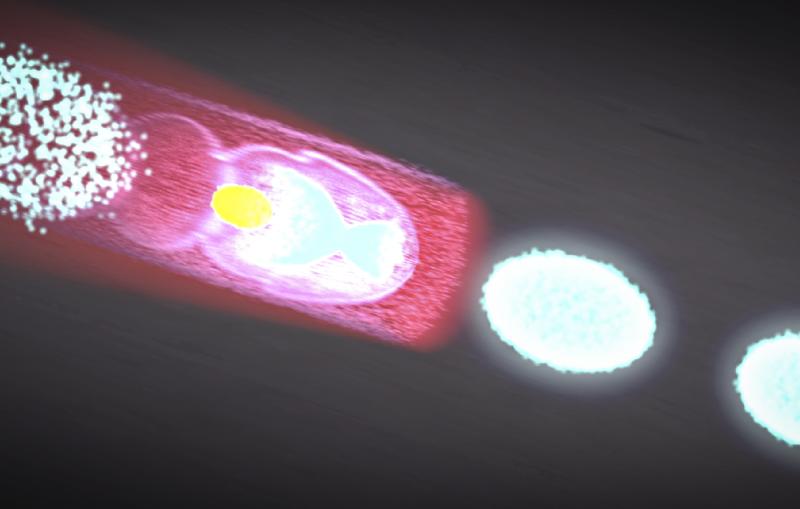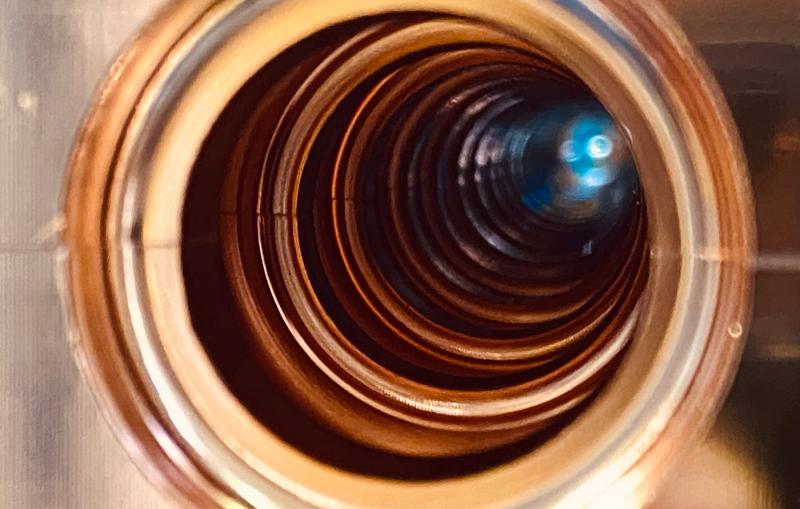May 6, 2020
Flickr: Laser Proton Acceleration
Siegfried Glenzer's team and collaborators from Tel Aviv University are working on a method that could make proton accelerators 100 times smaller without giving up any of their power.
Related Topics
Dig Deeper
Related stories


News Feature
December 1, 2023
·
9 min read



News Feature
December 1, 2023
·
9 min read

News Feature
November 20, 2023
·
5 min read

News Feature
November 3, 2023
·
4 min read

Press Release
September 18, 2023
·
8 min read
